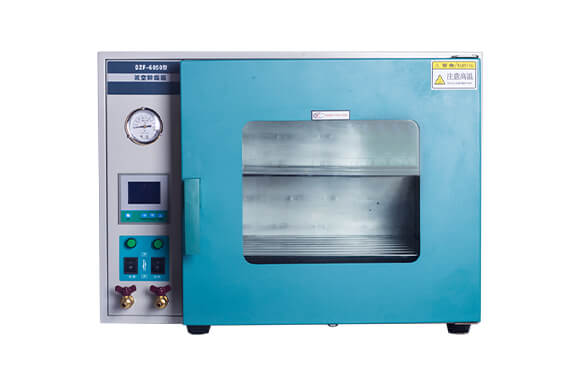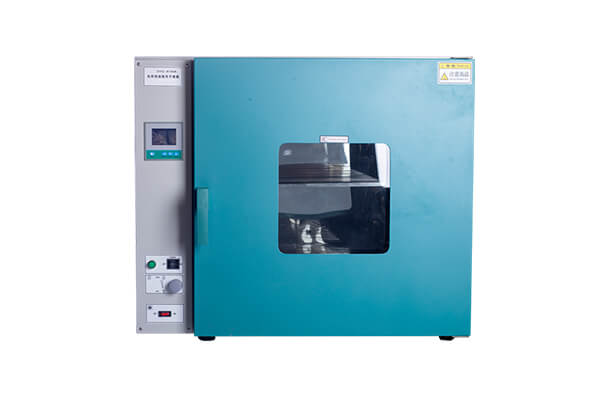What is the name of the drying oven?
The name of the drying oven can vary depending on its specific use or industry. However, in general terms, it may be referred to simply as a “drying oven” or “oven dryer.” In scientific or laboratory settings, it might be called a “laboratory drying oven” or simply a “lab oven.” In industrial contexts, it could be known as a “industrial drying oven” or a “heat treatment oven.”

Vacuum Drying Oven
- Temperature Control Range: RT+10~200℃/RT+10~250℃
- Constant Temperature Fluctuation: ±1.0℃
- Vacuum Degree: 0.098Mpa
- Temperature of Working Environment: +5~40℃
- Liner Material: 304 Stainless Steel(1Cr~18Ni9Ti)
- Timing Range: 1~9999min
Blast Drying Oven
- Temperature Control Range: RT+10~250℃
- Constant Temperature Fluctuation: ±1.0℃
- Temperature Analysis Degree: 0.1℃
- Temperature of Working Environment: +5~40℃
- Liner Material: 304 Stainless Steel
- Timing Range: 1~9999min

What is the difference between a drying oven and a hot air oven?
Purpose
- Drying Oven: Mainly used for removing moisture or solvents from materials or samples. It’s commonly found in laboratories, pharmaceuticals, and food processing industries where precise control over moisture removal is needed.
- Hot Air Oven: Typically utilized for various heating purposes such as sterilization, baking, curing, or general heating applications. While it can also assist in drying, its primary function is to provide a controlled and uniform heating environment.
Temperature Range
- Drying Oven: Usually operates at lower temperatures, ranging from ambient temperature up to approximately 300°C (572°F), depending on the materials being dried.
- Hot Air Oven: Generally operates at higher temperatures compared to drying ovens, typically ranging from around 50°C (122°F) to 300°C (572°F) or higher, depending on the specific application.
Air Circulation
- Drying Oven: May or may not have forced air circulation for even heat distribution, depending on the specific model and application.
- Hot Air Oven: Typically equipped with a fan or blower to circulate hot air evenly throughout the chamber, ensuring uniform heating and temperature distribution.
Applications
- Drying Oven: Suitable for drying delicate materials, heat-sensitive substances, or samples requiring precise moisture control.
- Hot Air Oven: Versatile for various applications including sterilizing laboratory equipment, baking food items, curing coatings or adhesives, and other general heating processes.
